If you’re thinking about redesigning your garden, you may be wondering whether an English garden or a French garden is right for you. Both have their pros and cons, but in the end, it comes down to personal preference. This article will take a look at the differences between these two popular styles of gardening so that you can make an informed decision about which one is right for you!
Gardening vs landscaping: What are they for?
Gardening and landscaping are two distinct services. Gardening is the practice of growing and cultivating plants, flowers, herbs, trees, shrubs, and other vegetation in a yard or garden. This can range from basic maintenance such as weeding and watering to developing ornamental displays and planting new species or varieties for aesthetic or practical purposes. Landscaping, on the other hand, involves designing and constructing outdoor spaces including paving, retaining walls, decks, and patios – as well as planting ornamental trees and shrubs.
Ultimately, the decision of whether to pursue gardening or landscaping will depend on the desired outcome and the budget available. Gardening is generally more affordable than landscaping but requires ongoing maintenance to keep it looking its best. Landscaping can be more expensive upfront, but with proper design and installation, can provide lasting benefits for many years.
History of gardening
Gardening dates back to ancient times, with evidence of horticultural activity from Neolithic and Bronze Age cultures in Egypt and Mesopotamia. Ancient Egyptian paintings show gardens filled with ornamental plants, while the Hanging Gardens of Babylon were one of the Seven Wonders of the Ancient World and included a variety of trees and flowers. In ancient Greece and Rome, gardening was popular among wealthy families, who often built walled gardens on their estates for privacy and pleasure.
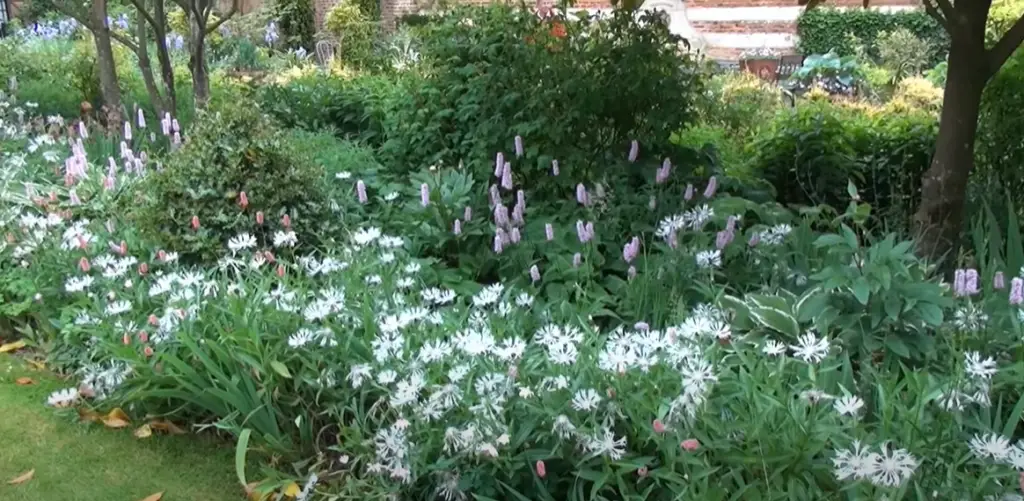
Throughout the Middle Ages, monasteries created enclosed gardens for growing vegetables, herbs, fruits, and medicinal plants. In the Renaissance period (14th-17th century), European aristocrats created grand gardens that demonstrated their wealth by displaying rare statues or water features. In the 18th century, gardening began to evolve into a more scientific activity. Plant classification systems were developed, giving gardeners greater insight into how plants could be used and combined to create beautiful landscapes.
The 19th century saw an explosion of public parks, botanical gardens, and other outdoor spaces designed for leisure activities. Gardening also became popular among working-class people as a way to improve their quality of life by creating small plots of land where they could grow food or flowers for pleasure or commerce. To this day, it continues to be a source of joy and satisfaction for millions around the world [1].
French Garden vs English Garden
Landscaping Ideas
French gardens are characterized by their formal designs, with symmetrical pathways, hedges, and manicured lawns. A French garden typically consists of a central focal point surrounded by axes and paths. There is often an ornamental pool in the center as well as statues, fountains, and other eye-catching pieces. Hedges are also used to create geometric shapes such as stars or circles, while trees can be used to spatially divide areas within the garden into different rooms.
Both French and English gardens are beautiful and can be used to create stunning outdoor spaces. However, it is important to consider the purpose of the garden when deciding which style to go with. Formal designs such as those found in French gardens may be better suited for entertaining guests, while English gardens may be better for relaxation or reflection. Consider your lifestyle before making any decisions about your garden design [2].
Hardscapes
When it comes to hardscaping, French and English gardens usually have similar designs. Pathways should be constructed of sturdy materials like brick or stone, while walls can be built with bricks or stones as well.
For a more ornamental look, decorative features such as trellises, arbors, and pergolas can be added. Decorative elements like statues or fountains are also popular in both styles of gardens. No matter which style of garden you choose, it is important to select materials that will last for years to come and will blend in with the overall design. Hardscapes add structure to your garden and can help create distinct areas within the space.
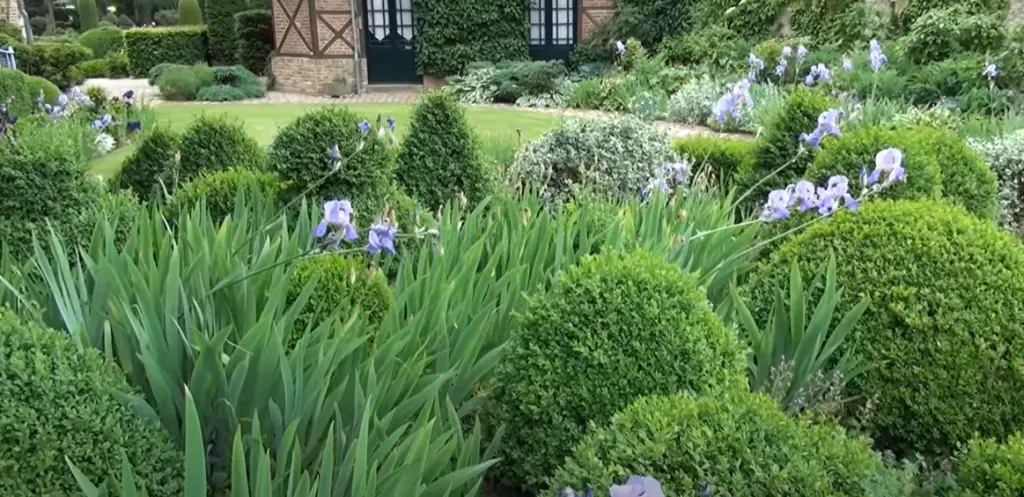
Décor
Décor is another way to add a personal touch to your garden. French gardens are often decorated with classical sculptures, while English gardens benefit from rustic pieces like birdhouses or benches. Potted plants can be used in both styles of gardening and provide a pop of color. Choose décor items that match the overall style of your garden and make it an inviting space that you can enjoy for years to come.
Elements You’ll Find in an English Garden
Establish Symmetry and Paths
An English garden is all about symmetry and balance. As a result, you’ll find that paths are often the focus of an English Garden. They provide structure and organize the space within the garden. Paths also serve to draw your eye through the garden so that you can take in its beauty as you move along it. Common materials used for paths include gravel, brick, or flagstone.
Natural Stone Focal Points
It is common to see natural stones such as boulders used in English gardens. These stones serve as focal points that direct your attention to other parts of the garden and add visual interest. Boulders also provide an excellent opportunity for plants or trees to be planted around them, creating a truly beautiful sight.
Trees and Shrubs
Trees and shrubs are essential elements of English gardens, providing a backdrop for all the other plants in the garden. Trees such as oaks and maples provide shade, shelter, and structure to the garden while adding height and drama. Shrubs can also add texture and color to an English Garden with evergreen varieties being particularly popular due to their ability to stay green year-round.
Flower Beds
Flowers are a key part of any English Garden. They bring life and vibrant colors that attract birds and butterflies alike. Flower beds are typically located along pathways or around trees or shrubs as focal points within the garden. Popular flowers include roses, daffodils, daisies, and lavenders.
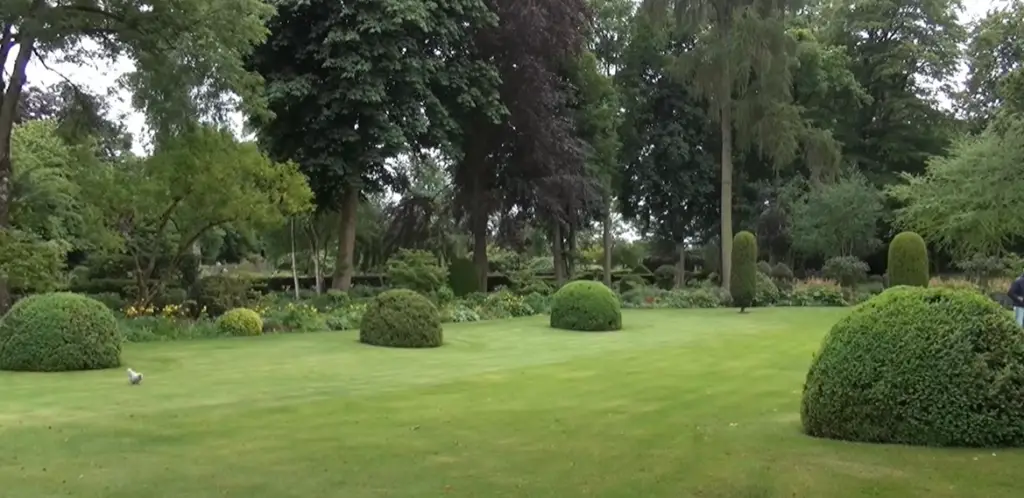
Water Features
Nothing says tranquility like a bubbling fountain or pond in an English Garden. Water features provide sound and movement which helps to create a peaceful atmosphere in the garden. They also attract wildlife such as birds and fish adding another layer of beauty to your garden. Common water features include fountains, ponds, streams, or even just a simple birdbath.
Create a Hallway and Have Some Edibles
Another great way to create a space that feels like an English Garden is to build walls or hedges along the paths, creating hallways and hidden areas. This can add some mystery to your garden as well as provide areas for edibles such as fruits, vegetables, and herbs. This allows you to enjoy the beauty of your garden while also getting some delicious benefits from it.
Elements You’ll Find in a French Garden
Order over Nature
The French garden style is known for its precise and intricate designs, often incorporating a variety of elements inspired by geometry. Walls, hedges, paths, fountains, and sculptures are all common sights in a traditional French garden. Plants are carefully selected to create the desired effect and arranged in clean lines or balanced groupings around key focal points.
Flower Beds
Floral displays in French gardens echo the geometric nature of the design with long beds lined with symmetrical plantings or flowers that are organized by color and texture. Herbs such as lavender or thyme add an aromatic touch to the design along with flowering shrubs like rose bushes and azaleas for height and structure.
Clean and Explicate Spaces
French gardens are very clean in their look, with a focus on creating open spaces and well-manicured lawns. These areas are often framed by low walls or clipped hedges to set them off from the rest of the garden, sometimes providing seating for guests or benches for relaxing in the sun.
Fountains and Statues
Fountains make striking centerpieces for French gardens, often featuring elaborate designs crafted from stone or marble. Sculptures may also be present, depicting mythological figures like nymphs, gods, goddesses, animals, and people. These elements add to the overall design of the garden and create a sense of rhythm throughout its spaces.
Lighting
The ambiance of a French garden is often enhanced with the use of lighting. Softly glowing lamps are placed at strategic points to highlight key areas or create a romantic mood after dark while torches and lanterns can be used around fountains and statues to further emphasize their presence in the design.
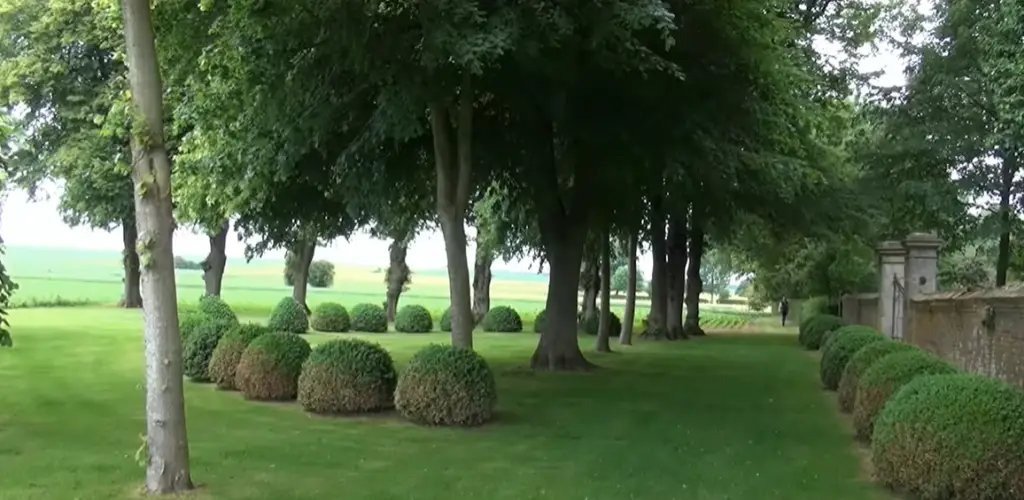
Projects a Cool Color Scheme
The colors of a French garden often tend toward the cooler side, with blues and grays dominating. The use of cool colors helps to create an airy and relaxed atmosphere, which is the goal of these types of gardens. While warm accents like oranges or reds can be used sparingly for contrast, they should never overwhelm the design.
English vs. French vs. Japanese: An International Garden Primer
When it comes to planning a garden, there are many options available. There is the classic English style of gardening with its strict formal structure and intricately manicured lawns. On the other hand, French gardens offer more of a relaxed, free-flowing design that focuses on vibrant color and texture combinations.
Finally, take into account your personal preferences to decide which type of garden will best suit your needs. It is also important to remember that when planning a garden with an international theme, small details make all the difference. Choosing plants and accessories native to the country you’re basing your design on can really bring the look together [3].
FAQ
What is the difference between a French garden and an English garden?
The primary difference between a French garden and an English garden is how the plants are arranged. In a French garden, each plant is individually chosen for its form and color as well as to fit within the overall design of the garden. This allows a sense of order and structure to be present throughout the entire landscape.
The plants may also be placed along symmetrical paths that create distinct sections or “rooms” in the landscape. In contrast, an English garden consists mostly of native plants that are allowed to grow more freely with less formal arrangement. This type of gardening relies on natural elements such as trees, shrubs, flowers, and grasses to give it texture and dimension without requiring precise layout or planning.
What makes a garden an English garden?
An English garden is distinguished by its use of native plants, lush green foliage, and a variety of colors. Generally, an English garden will feature trees, shrubs, flowers, grasses, and other plants that are found in the wild or grown in a home garden. The elements of an English garden often look natural and relaxed while still creating a unified design. Other characteristics of English gardens include stone walls and pathways, water features such as ponds or streams, and various statuettes or sculptures placed throughout the landscape. Additionally, certain types of gardens such as cottage gardens or rose gardens may be referred to as “English” due to their traditional roots within England’s history.
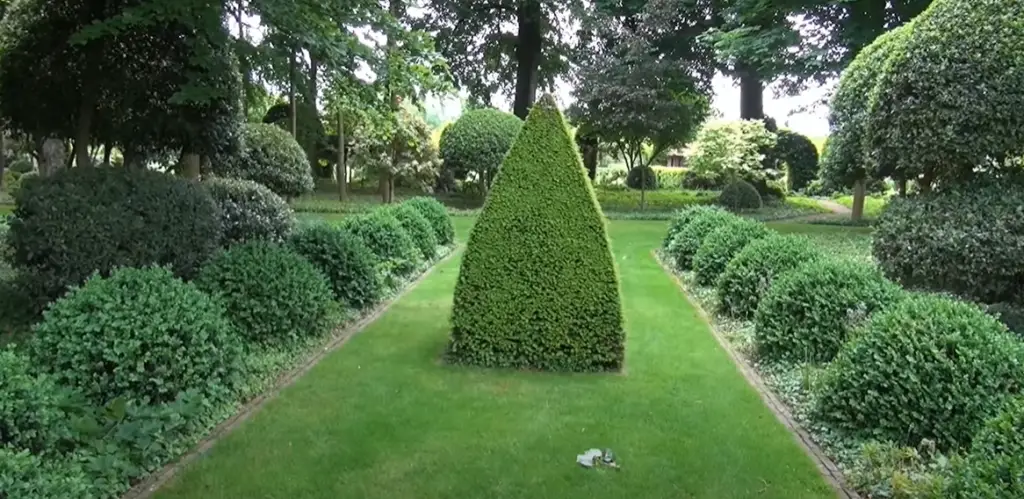
What are some common plants used in French and English gardens?
Common plants used in French gardens include boxwood, clipped topiaries, lavender, and roses. For an English garden, some popular plants are foxglove, heather, hydrangeas, and rhododendrons. Both types of gardens may also feature trees such as evergreens or fruit trees. Regardless of the type of garden you choose to create, it is important to consider the growing conditions in your area when selecting plants for a successful and healthy landscape.
What makes a French garden?
A French garden is characterized by its formal structure and geometric shapes. This type of garden often features symmetrical pathways, boxwood topiaries, ornamental grasses and flowers, fountains or statuettes, and a variety of plants chosen for both their color and form. The overall effect creates a carefully planned landscape that looks both organized and elegant. Additionally, certain elements such as stone walls or pergolas may be used to add texture and further define the design of the French garden.
What should I consider when planning my French or English garden?
When planning your French or English garden you should consider the amount of space available, the plants that will thrive in your climate and soil type, as well as any features such as pathways or water features you would like to include. Additionally, it is important to think about how much time and effort you are willing to invest in maintaining the garden. For example, a French garden may require more frequent pruning and trimming than an English garden to maintain its formal look. Furthermore, both types of gardens should be designed with consideration for potential pests or diseases that could affect certain plants in your area.
What is the most famous garden in France?
The most famous garden in France is the Palace of Versailles located just outside of Paris. Built-in the 17th century, this grand chateau features meticulously sculpted gardens and grounds with a unique combination of French and English landscape styles that have remained virtually unchanged over centuries. The palace was originally constructed for King Louis XIV as both a home and a symbol of political power, but today it serves as one of the country’s most popular tourist attractions. The formal gardens include intricate pathways lined with statues, fountains, flowerbeds, and water features such as the Grand Canal that add to its grandeur.
Where is the garden capital of the world?
The Garden Capital of the World is considered to be London, England. This bustling city is home to some of the most famous gardens in the world such as Kensington Palace Gardens, The Chelsea Physic Garden, and Kew Gardens. These lush gardens feature a variety of plants, flowers, trees, fountains, and sculptures that reflect both traditional English and modern styles.
Additionally, visitors can explore various types of botanical gardens found throughout London such as the Royal College of Physicians’ Garden or Hamstead Heath Pond which showcase different plant species from around the world. In addition to its sprawling parks and gardens, London also hosts annual events such as The Chelsea Flower Show which celebrates horticulture each Spring with a week-long event featuring displays of plants, flowers, and gardening techniques.
Useful Video: French garden Jardins de Maizicourt.
Conclusion
English garden or French garden? Ultimately, it comes down to personal preference. Some many different styles and elements can be incorporated into either garden design. English gardens tend to focus more on softness and romance, while French gardens typically incorporate bold shapes and symmetrical features such as hedges, topiaries, urns, and statues. No matter which style you choose, both gardens offer an opportunity to bring a little bit of beauty into your backyard. With the right design and maintenance plan in place, these beautiful creations can last for years to come – allowing you to enjoy the tranquility of nature from the comfort of your home.
References:
- https://insights.jonite.com/comparing-french-vs-english-garden-landscaping
- https://www.homequestionsanswered.com/what-is-the-difference-between-an-english-garden-and-a-french-garden.htm
- https://home.howstuffworks.com/international-garden-primer.htm







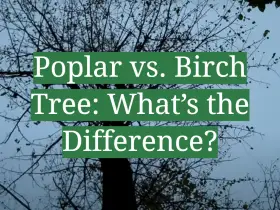

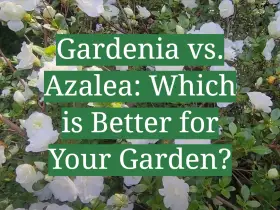
Leave a Reply
View Comments